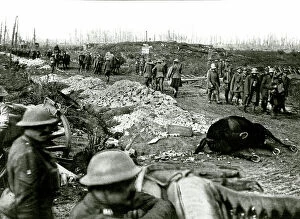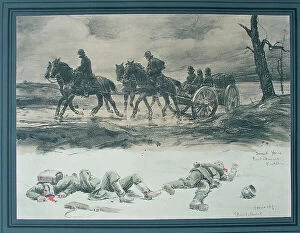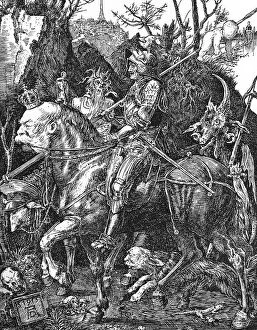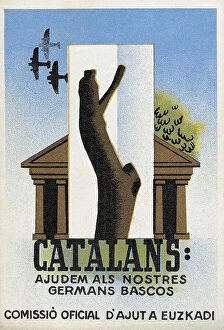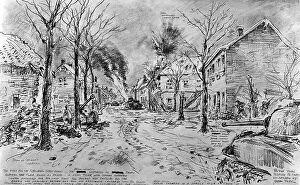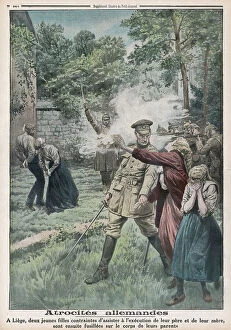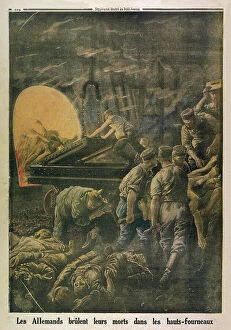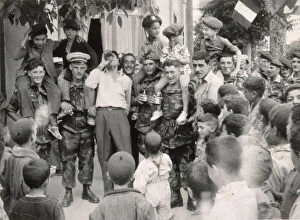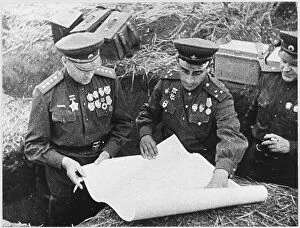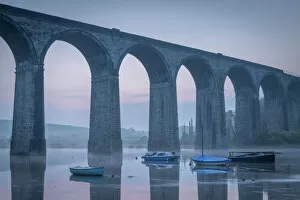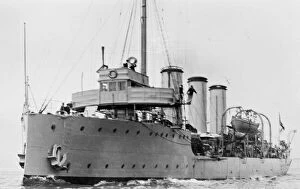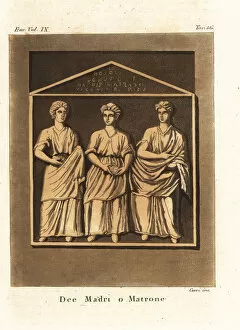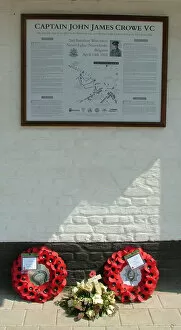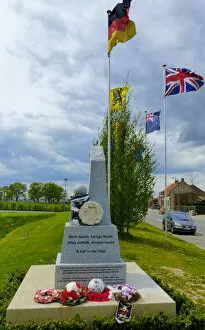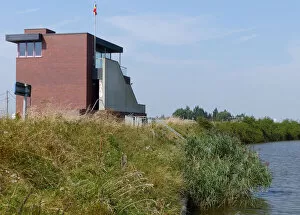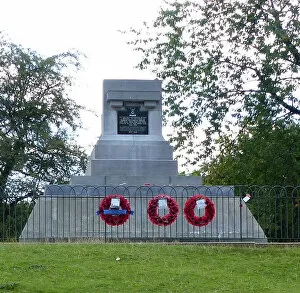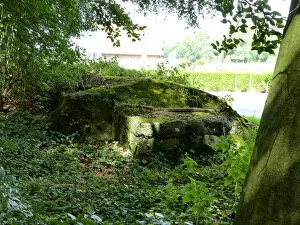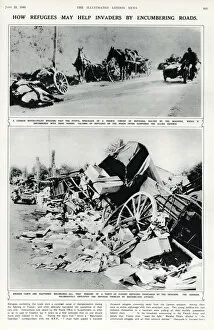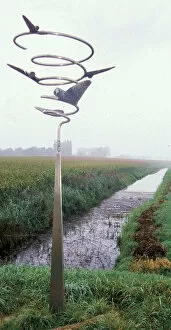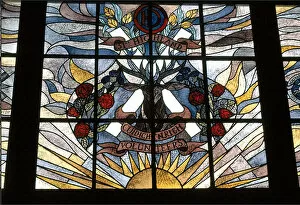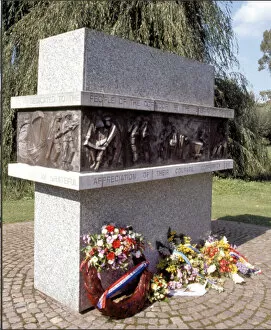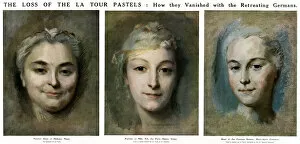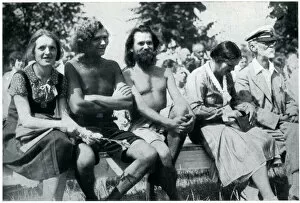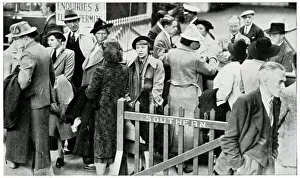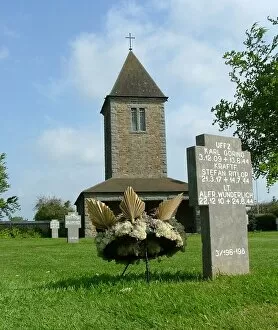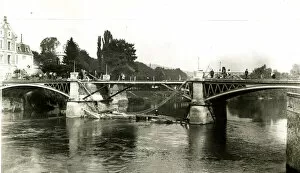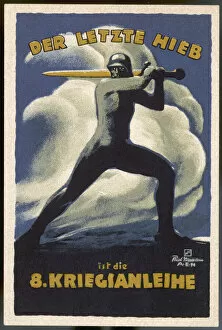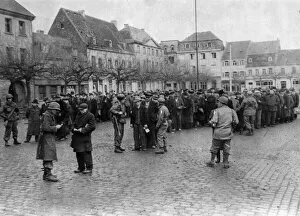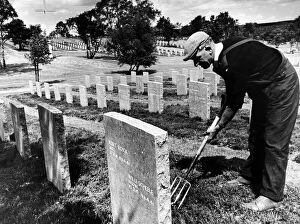Germans Collection (#2)
"Germans: A Historical Tapestry of Courage, Innovation, and Conflict" From the battlefields of World War I to the concert halls of Jena
For sale as Licensed Images
Choose your image, Select your licence and Download the media
"Germans: A Historical Tapestry of Courage, Innovation, and Conflict" From the battlefields of World War I to the concert halls of Jena, they have left an indelible mark on history. The image of a soldier from the British First Airborne in action in Arnhem reminds us of their fierce determination and bravery. In the midst of the devastating Battle Somme in September 1916, German soldiers faced unimaginable challenges. Their resilience and unwavering spirit are a testament to their strength. Beyond warfare, they have also excelled in music. The Collegium Musicum of Jena captivated audiences with their enchanting melodies, showcasing Germany's rich cultural heritage. German engineering prowess extended even beneath the waves with U-Boats - Cutaway revealing intricate designs that revolutionized naval warfare during World War I. These vessels became symbols of German innovation and strategic superiority. The haunting silhouettes captured by H. L. Oakley depict the somber reality faced by both sides at the Somme – a reminder that war knows no boundaries or nationalities. G. H. Davis showcased German inventions for air combat during WWI, highlighting their commitment to pushing technological boundaries even amidst chaos and destruction. The crew members aboard a German submarine during World War I demonstrated incredible teamwork as they navigated treacherous waters while facing constant danger from enemy forces above them. A British charge at Hooge stands as evidence that conflict often blurs lines between adversaries; it is through these moments we witness humanity's shared experiences amidst turmoil. The Stalingrad Tractor Plant serves as a poignant symbol not only for industrial might but also for human endurance against overwhelming odds – reminding us that hope can thrive even in darkest times. Periscopes in trenches allowed soldiers to gain crucial insights into enemy movements while minimizing exposure – yet another example of German ingenuity on display during wartime struggles.

